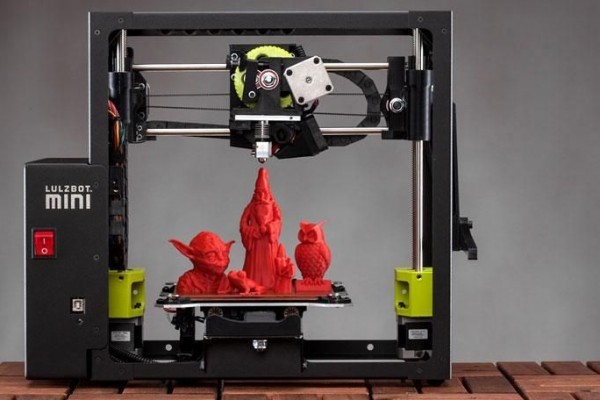Choosing the Right 3D Printer for Prototype Manufacturing
In recent years, 3D printing technology has revolutionized the manufacturing industry, providing designers and engineers with a powerful tool for creating prototypes. The ability to transform digital designs into physical objects with speed and precision has opened up new possibilities for product development. However, with a wide range of 3D printers available on the market, it's crucial to choose the right printer for prototyping needs. In this article, we will explore the key factors to consider when selecting a 3D printer for prototype manufacturing.
Print Quality:
One of the most critical aspects of prototyping is achieving high print quality. The printer should be capable of producing accurate and detailed models that closely resemble the intended design. Look for printers with a high resolution and layer thickness capability, as these factors greatly influence the level of detail achievable in the printed prototypes. Additionally, printers with advanced features like dual extruders and support for different materials can enhance the quality and complexity of the prototypes.
Printing Speed:
Efficiency in prototyping is crucial to meet project deadlines and iterate designs quickly. The printing speed of a 3D printer is an important consideration, as it determines how long it takes to produce a prototype. High-speed printers can significantly reduce production time, allowing for more iterations and faster design iterations. However, it's important to strike a balance between speed and print quality, as some printers may sacrifice accuracy for faster printing.
Build Volume:
The size of the build volume determines the maximum dimensions of the prototypes that can be printed. Consider the scale of the prototypes you intend to create and ensure the 3D printer's build volume can accommodate them. Having a larger build volume provides flexibility and allows for the production of more substantial prototypes or multiple prototypes simultaneously. However, keep in mind that larger build volumes often come at a higher cost.
Material Compatibility:
Different prototypes may require various materials with specific properties. Ensure that the 3D printer you choose can work with a wide range of materials, such as plastics, resins, or metals, depending on your prototyping needs. Some printers are designed for specific materials, while others offer versatility in material compatibility. Consider the required material properties like strength, flexibility, or heat resistance, and select a printer that can handle those materials effectively.
Software and Support:
The software used to prepare and slice 3D models for printing can greatly impact the overall prototyping experience. Look for printers that come with user-friendly and robust software, allowing for easy design preparation and customization. Additionally, check if the printer manufacturer provides regular firmware updates and technical support, as it can ensure the longevity and optimal performance of your 3D printer.
Conclusion:
Selecting the right 3D printer for prototype manufacturing is essential for achieving accurate, high-quality, and timely results. Consider factors such as print quality, printing speed, build volume, material compatibility, and available software and support when making your decision. By carefully evaluating these aspects, you can find a printer that meets your prototyping requirements, enabling you to bring your ideas to life and accelerate the product development process.






